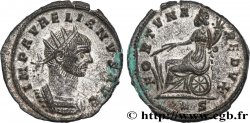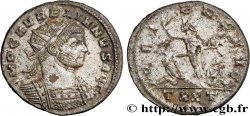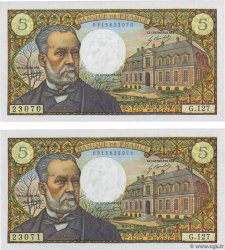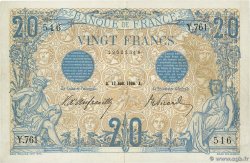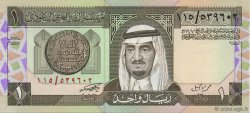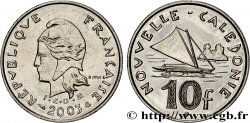Not available.
Item sold on our e-shop (2023)
Price : 20.00 €
Item sold on our e-shop (2023)
Price : 20.00 €
Type : Antoninien
Date: fin 271 - automne 272
Mint name / Town : Pannonie supérieure ou Savie, Siscia
Metal : billon
Millesimal fineness : 50 ‰
Diameter : 22,5 mm
Orientation dies : 1 h.
Weight : 3,46 g.
Officine: 2e
Coments on the condition:
Monnaie centrée. Usure régulière. Joli buste. Patine marron avec reflets cuivrés
Catalogue references :
Obverse
Obverse legend : IMP AVRELIANVS AVG.
Obverse description : Buste d’Aurélien, tête radiée, à droite, avec cuirasse, vu de trois quarts en avant (B).
Obverse translation : “Imperator Aurelianus Augustus”, (Empereur Aurélien Auguste).
Reverse
Reverse legend : FOR-TVNA - REDVX// *S.
Reverse description : Fortuna (La Fortune) assise à gauche, tenant un gouvernail de la main droite et une corne d'abondance de la gauche ; sous son siège, une roue.
Reverse translation : “Fortuna Redux”, (La Fortune qui fait revenir).
Commentary
Seulement deux exemplaires de ce type dans le catalogue de La Venèra.







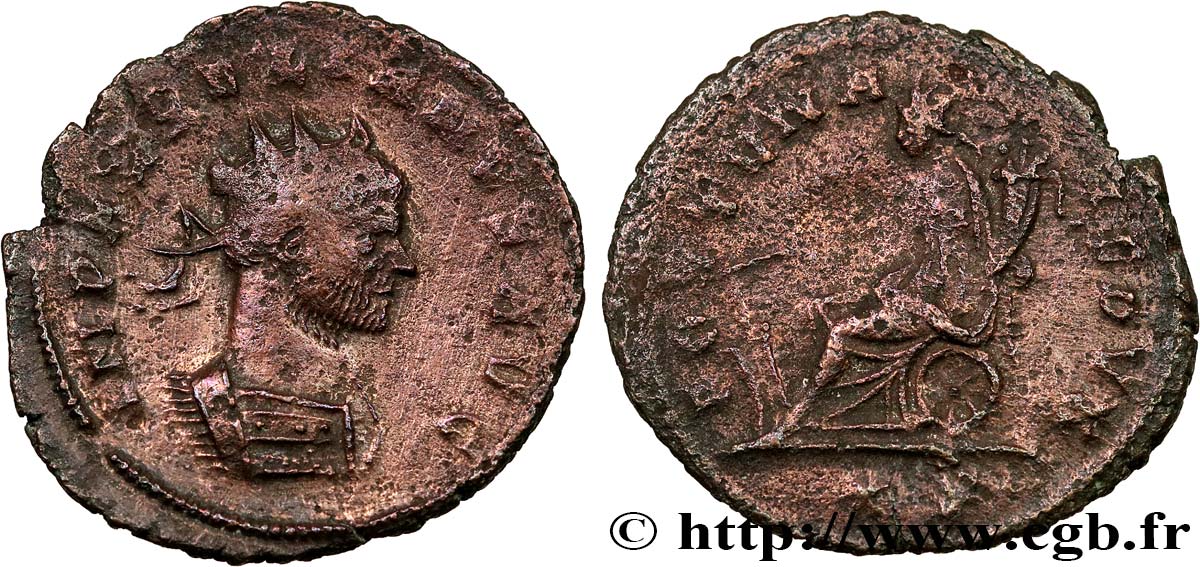
 Report a mistake
Report a mistake Print the page
Print the page Share my selection
Share my selection Ask a question
Ask a question Consign / sell
Consign / sell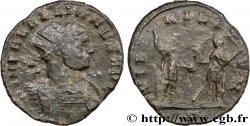
 Full data
Full data
